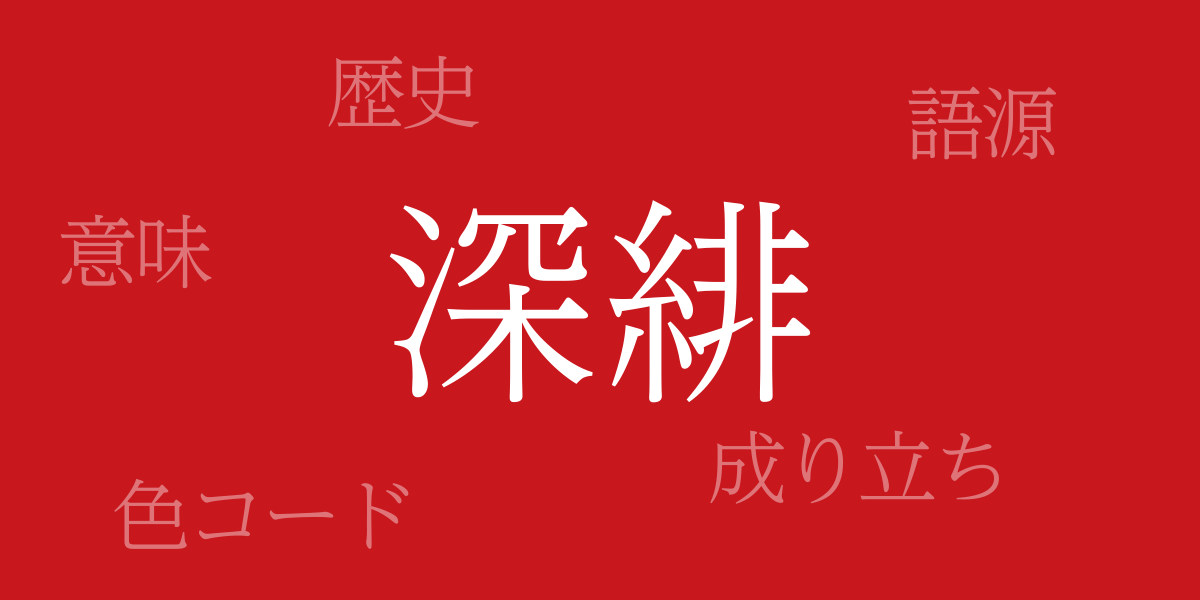Color mirrors culture, and ‘Fukahi (深緋)’ is one of Japan’s most vivid testaments to this. Deeply rooted in Japan’s history, art, and fashion, this rich hue continues to captivate people worldwide. This article delves into the allure of Fukahi, exploring everything from its color codes to its history, and its international recognition.
About Fukahi (深緋)
Fukahi (深緋) is a traditional Japanese color representing a dark shade of red. Known for its serene depth and nobility, it is commonly used in traditional Japanese garments and crafts. Fukahi symbolizes passion and vitality, leaving a lasting impression on its beholders.
The History of Fukahi
Fukahi has been valued in Japan for centuries, utilized in aristocratic attire during the Heian period as a symbol of high status. In the samurai society, it adorned armor and flags, representing bravery and dignity. Over time, Fukahi has become an integral part of Japan’s identity, passed down through various forms.
Color Codes for Fukahi
In digital design and web production, accurate color reproduction is crucial. The following color codes are used to represent Fukahi:
- HEX: #C9171E
- RGB: R:201 G:23 B:30
- CMYK: C:26 M:100 Y:99 K:0
Western Name for Fukahi
The Western name for Fukahi is ‘Cardinal Red,’ derived from the color of a Catholic cardinal’s robes, representing a similarly deep and vivid red. Recognized internationally, this name reflects the global appreciation of Fukahi’s hue.
Summary on Fukahi
As a traditional Japanese color, Fukahi continues to enchant people worldwide with its history and beauty. Emerging from historical roots, this color is widely used in modern design and art, beloved both in the East and West. As a symbol of Japanese culture, Fukahi will continue to inspire awe and admiration across the globe.

























